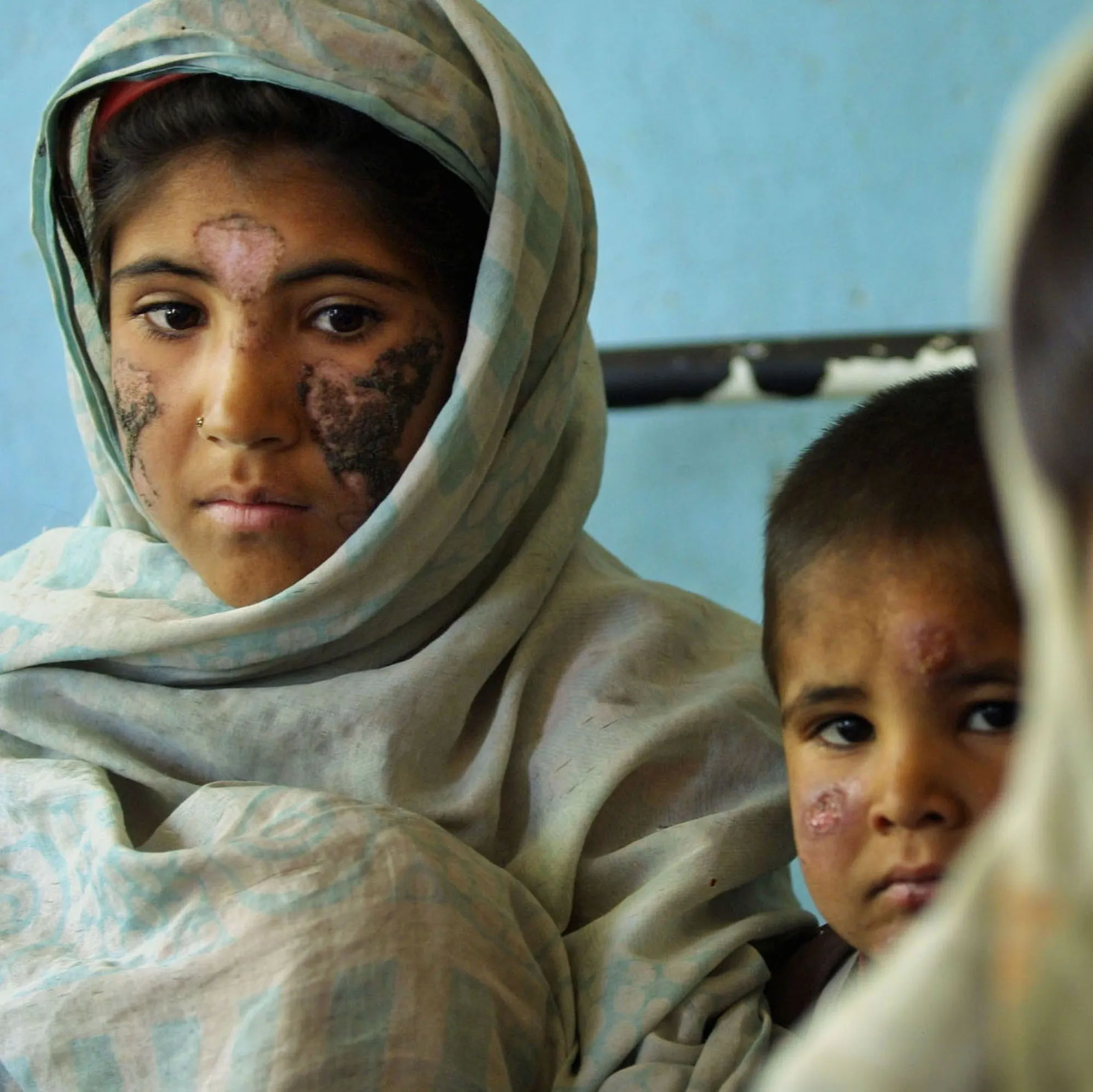
Supported by a new $3 million grant, a University of Maryland genomicist is continuing a decadelong fight against a painful, disfiguring parasitic skin condition that has received scant attention from the global medical community because of who it infects—the world’s poorest people.
The funding from the National Institute of Allergy and Infectious Diseases (NIAID) allows Professor of Cell Biology & Molecular Genetics Najib El-Sayed and partners in South America to use powerful sequencing tools to combat the Leishmania parasite, which is transmitted through sandfly bites and causes the disease cutaneous leishmaniasis.
The World Health Organization estimates up to 1 million new cases arise each year, mostly in tropical or sub-tropical North Africa and South America—regions already burdened with malnutrition, population displacement, poor housing and scarce financial resources.
One of the most daunting aspects of the disease is the parasite’s ability to defy most treatment options, either by resisting antiprotozoal drugs altogether or going dormant, only to reemerge years later. El-Sayed’s team will collaborate with Maria Adelaida Gómez, a microbiologist at the International Center for Medical Training and Research (CIDEIM) in Cali, Colombia, to address these “persister” leishmaniasis infections.
They’ll do this by working to identify microenvironmental conditions in human skin and organs that encourage and harbor persister populations of the Leishmania parasite, leading to better diagnostic and therapeutic outcomes to treat this devasting disease.
Colombia has the second-highest number of cases of cutaneous leishmaniasis in South America, with more than 100,000 infections reported in the past decade, the researchers said. Many of those affected are women and children, and the ulcers and scars from the disease can lead to psychological trauma and social stigma, severely impacting children’s development and adults’ ability to earn a living.
“My greatest interest in the exposure [of our research] are the folks impacted by this and other neglected diseases of poverty,” El-Sayed said. “The work we're doing with Maria Adelaida Gómez has moved us from basic research to the translational realm, with direct impact.”
The skin form of the disease is the most common. Other variants include mucocutaneous leishmaniasis, affecting the mouth, nose and throat, and visceral leishmaniasis, which attacks the spleen and liver and is almost always fatal without treatment.
No vaccine can counter Leishmania, Gómez said, and the drugs currently used to treat the disease are frequently ineffective, toxic and difficult to administer to those who need them most.
“Imagine yourself in the middle of the jungle, where you must travel five hours by boat or by foot to the closest village,” she said. “That’s the kind of trip an average patient in Colombia has to do every day for 20 days, just to receive a toxic treatment.”
El-Sayed and Gómez had previously collaborated on a $2.5 million NIAID grant focused on what the body’s immune response and inflammation indicates about the clinical outcome of anti-leishmanial drug treatments.
That earlier work focused on how Leishmania parasites interact with macrophages, a type of white blood cell in humans that circulate the body in search of unnecessary or harmful substances to destroy. Macrophages are key to our immune response, El-Sayed said, because they can recognize pathogens, capture them and destroy them. But Leishmania is unique in that it can enter macrophage cells and live within them.
“It’s an incredible parasite—it’s attacking the very central cell of your immune system,” said El-Sayed, who has an appointment in the University of Maryland Institute for Advanced Computer Studies (UMIACS).
Using computational power provided by UMIACS, the Maryland researchers will access the large volume of data that both teams have collected, running new algorithms that can better determine how and why persister parasites turn “on” and “off.”
Ultimately, this approach could shift the focus for treating Leishmania infections on a broad scale—from trying to kill the parasite with drugs of questionable effectiveness and safety to one seeking to ensure it never flips the “on” switch in the body of an infected person.
“I envision that results from this new study will unravel the mechanisms used by parasites to survive within their host without causing disease,” Gómez said. “This will bring us closer to understanding how protozoan parasites have co-evolved with their hosts. It will also allow us to develop new treatment methods that are not as toxic, shifting the paradigm of anti-leishmanial therapeutics from killing the bug by intoxicating the host, to promoting ‘healthy’ host-pathogen relationships.”